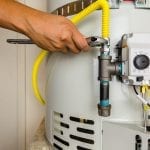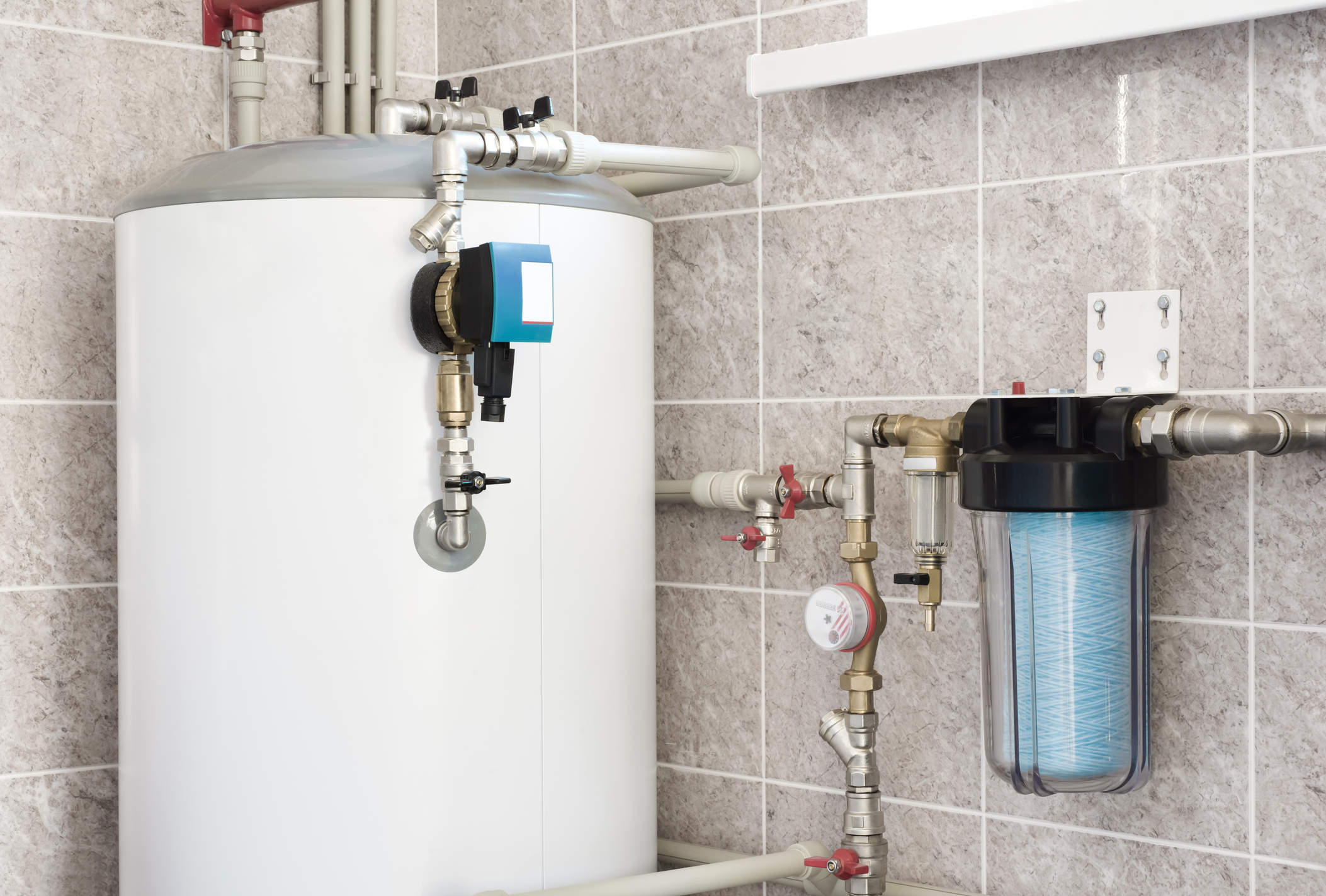Best Practices for Caring for Your Home's Hot Water System
Best Practices for Caring for Your Home's Hot Water System
Blog Article
The article which follows relating to What Kind of Maintenance Do Water Heaters Need? is fairly insightful. You should keep reading.

Warm water is important for daily comfort, whether it's for a rejuvenating shower or cleaning recipes. To ensure your hot water system runs efficiently and lasts much longer, routine upkeep is essential. This article gives useful tips and understandings on exactly how to maintain your home's warm water system to avoid disturbances and pricey repair services.
Introduction
Keeping your home's hot water system could appear difficult, but with a couple of basic steps, you can guarantee it operates efficiently for years ahead. This overview covers whatever from understanding your warm water system to do it yourself maintenance pointers and understanding when to hire professional assistance.
Importance of Preserving Your Hot Water System
Routine upkeep not only extends the life expectancy of your warm water system however additionally ensures it runs successfully. Overlooking maintenance can cause decreased effectiveness, greater energy expenses, and also premature failing of the system.
Indicators Your Hot Water System Requirements Upkeep
Knowing when your warm water system requires interest can protect against major problems. Keep an eye out for signs such as inconsistent water temperature level, weird noises from the heating system, or rusty water.
Comprehending Your Warm Water System
Prior to diving right into maintenance jobs, it's helpful to comprehend the fundamental parts of your hot water system. Generally, this consists of the hot water heater itself, pipes, anode rods, and temperature controls.
Month-to-month Upkeep Tasks
Normal monthly checks can help catch small concerns before they escalate.
Flushing the Water Heater
Flushing your water heater gets rid of debris buildup, improving efficiency and extending its life.
Monitoring and Changing Anode Rods
Anode poles protect against rust inside the storage tank. Inspecting and replacing them when broken is essential.
Examining and Adjusting Temperature Settings
Readjusting the temperature level setups ensures optimal performance and safety and security.
Do It Yourself Tips for Upkeep
You can do a number of upkeep tasks yourself to maintain your hot water system in top condition.
Checking for Leaks
Routinely inspect pipes and connections for leaks, as these can lead to water damages and greater expenses.
Evaluating Pressure Relief Valves
Evaluating the pressure safety valve guarantees it works properly and avoids excessive pressure buildup.
Shielding Pipelines
Protecting hot water pipes lowers warmth loss and can conserve energy.
When to Call a Professional
While DIY upkeep is helpful, some problems require professional knowledge.
Complex Concerns Needing Professional Aid
Instances include significant leakages, electrical problems, or if your hot water heater is constantly underperforming.
Routine Specialist Maintenance Benefits
Professional upkeep can include thorough examinations, tune-ups, and guaranteeing compliance with safety and security requirements.
Conclusion
Normal maintenance of your home's warm water system is vital for efficiency, long life, and cost savings. By complying with these tips and recognizing when to seek specialist help, you can make certain a trustworthy supply of hot water without unanticipated interruptions.
Water Heater Maintenance Tips
Test the TPR Valve
Shut off the power and the cold-water supply valve. Place a bucket under the pipe connected to the temperature-pressure-release (TPR) valve on the top or side of the tank. (This valve opens if the tank pressure gets too high.) Lift the valve’s tab to let some water out, then let go. If water keeps flowing, drain the tank partway, unscrew the old valve with a pipe wrench, and install a new one. Check the Anode Rod
Put a hose to the tank’s drain cock and let out a few gallons of water. Now fit a 1 1/16-inch socket onto the rod’s hex head on top of the heater (or under its top plate) and unscrew the rod. If it’s less than ½ inch thick or coated with calcium, buy a new one, wrap its threads with Teflon tape, put it back in the tank, and tighten securely. Use this segmented rod if headroom above the tank is limited. Drain the Tank and Wash Out Sediment
Drain the remaining water in the tank into the bucket, then stir up the sediment on the tank’s bottom by briefly opening the cold-water supply valve. Drain and repeat until clean water comes out of the hose. Close the drain cock, refill the tank, and turn its power back on. Adjust the Temperature
Find the temperature dial on the side of the tank and unscrew its cover. Adjust the dial to 120 degrees using a flathead screwdriver. For every 10 degrees the temperature is lowered, you can expect to save up to 5 percent in energy costs. Turn the water heater off or the thermostat down to its lowest setting if you plan to be away from home for more than three days. Insulate the Pipes
Buy some self-sticking 3/8-inch-thick foam pipe insulation that matches the pipes’ diameter. Slide the foam over the hot-and cold-water pipes as far as you can reach. Insulating the cold-water pipe prevents condensation in summer. Peel the tape and squeeze the insulation closed. If the pipe is 6 inches or less from the flue, cover it with 1-inch-thick unfaced fiberglass pipe wrap. https://www.thisoldhouse.com/plumbing/21016402/how-to-maintain-a-water-heater

Do you really like more info about Tips on Maintaining a Water Heater? Create a short review down the page. We will be glad to listen to your feelings about this article. We are looking forward that you visit us again before long. Are you aware of someone else who is interested by the topic? Feel free to promote it. I truly appreciate your readership.
Explore Now Report this page